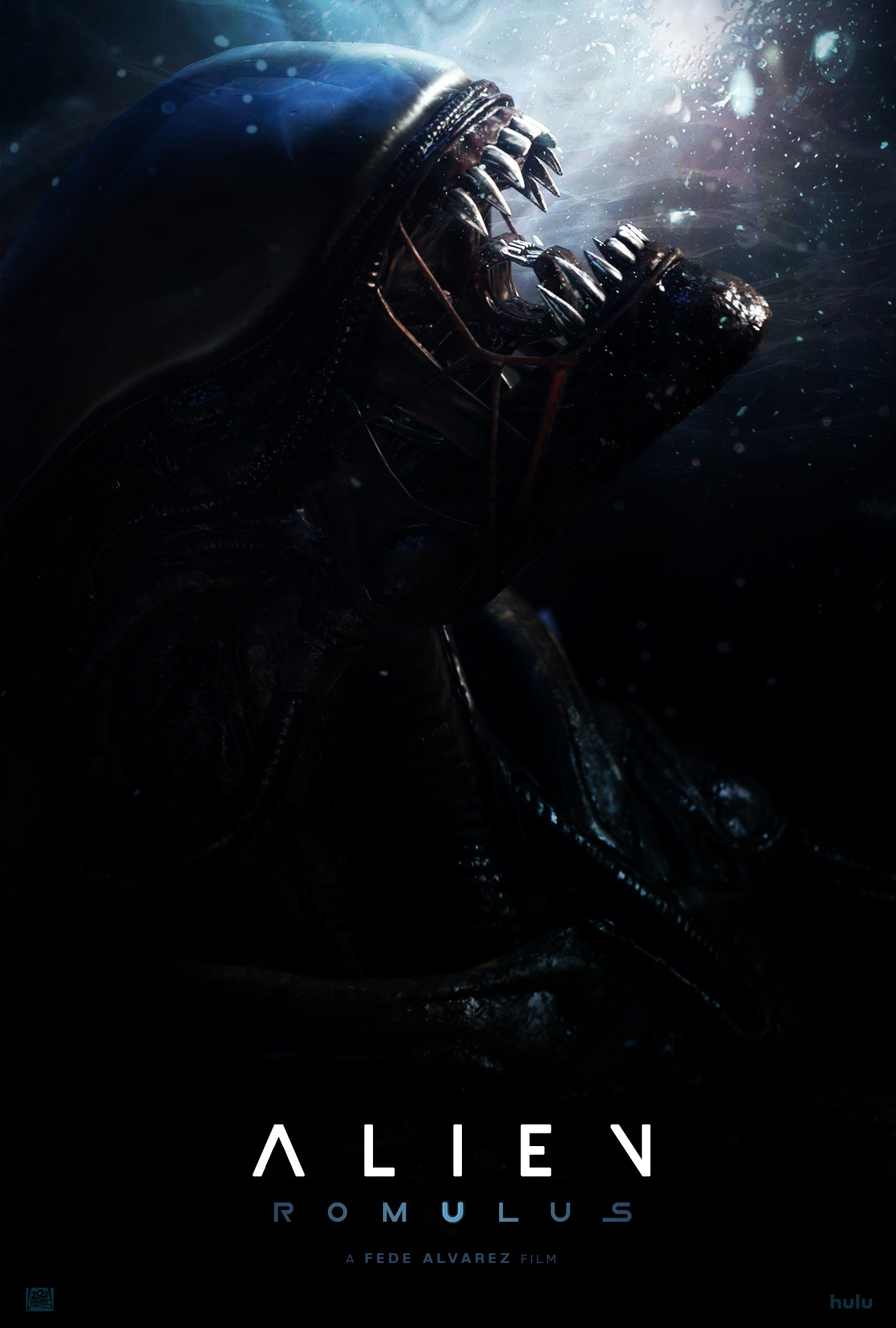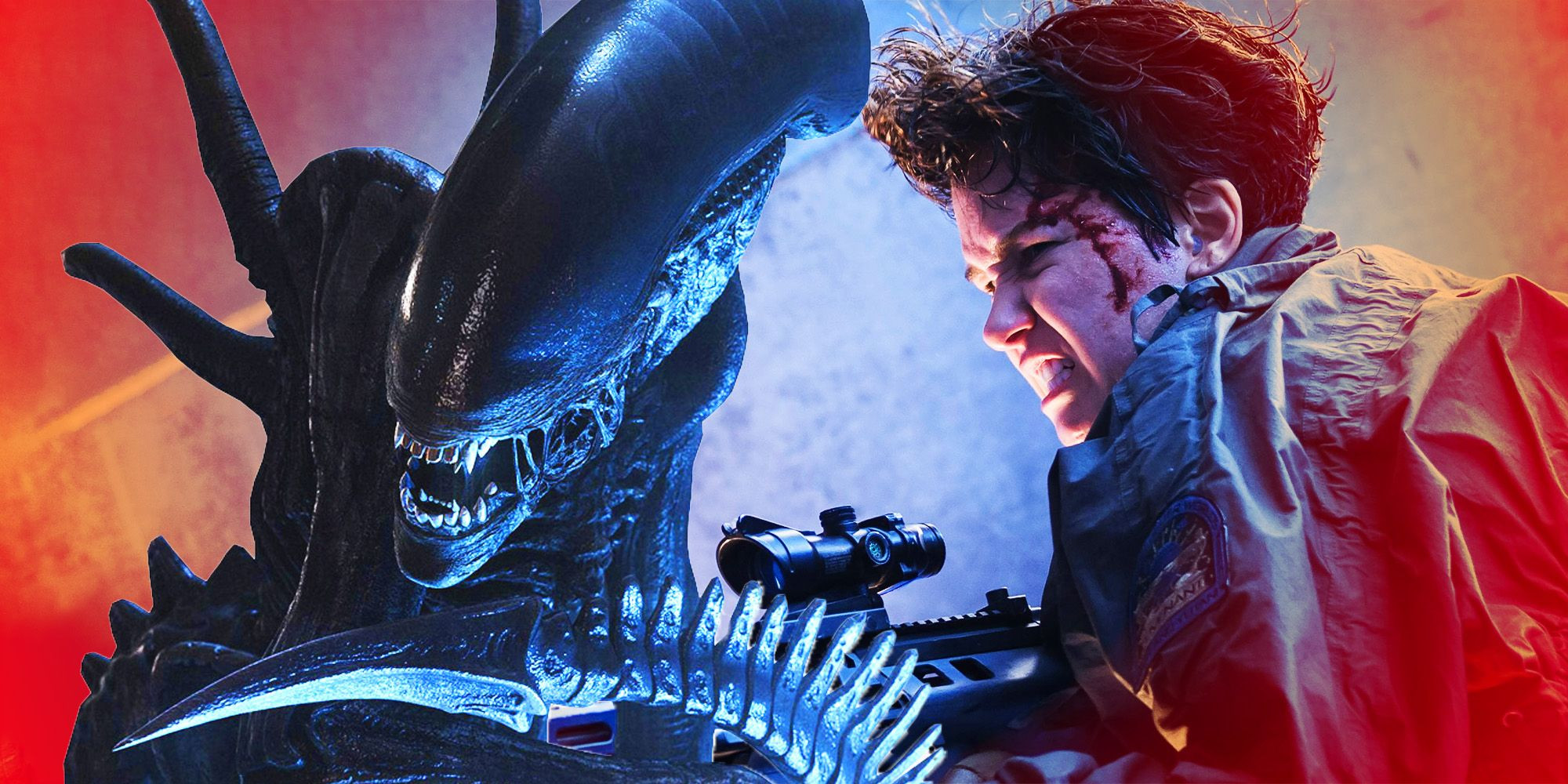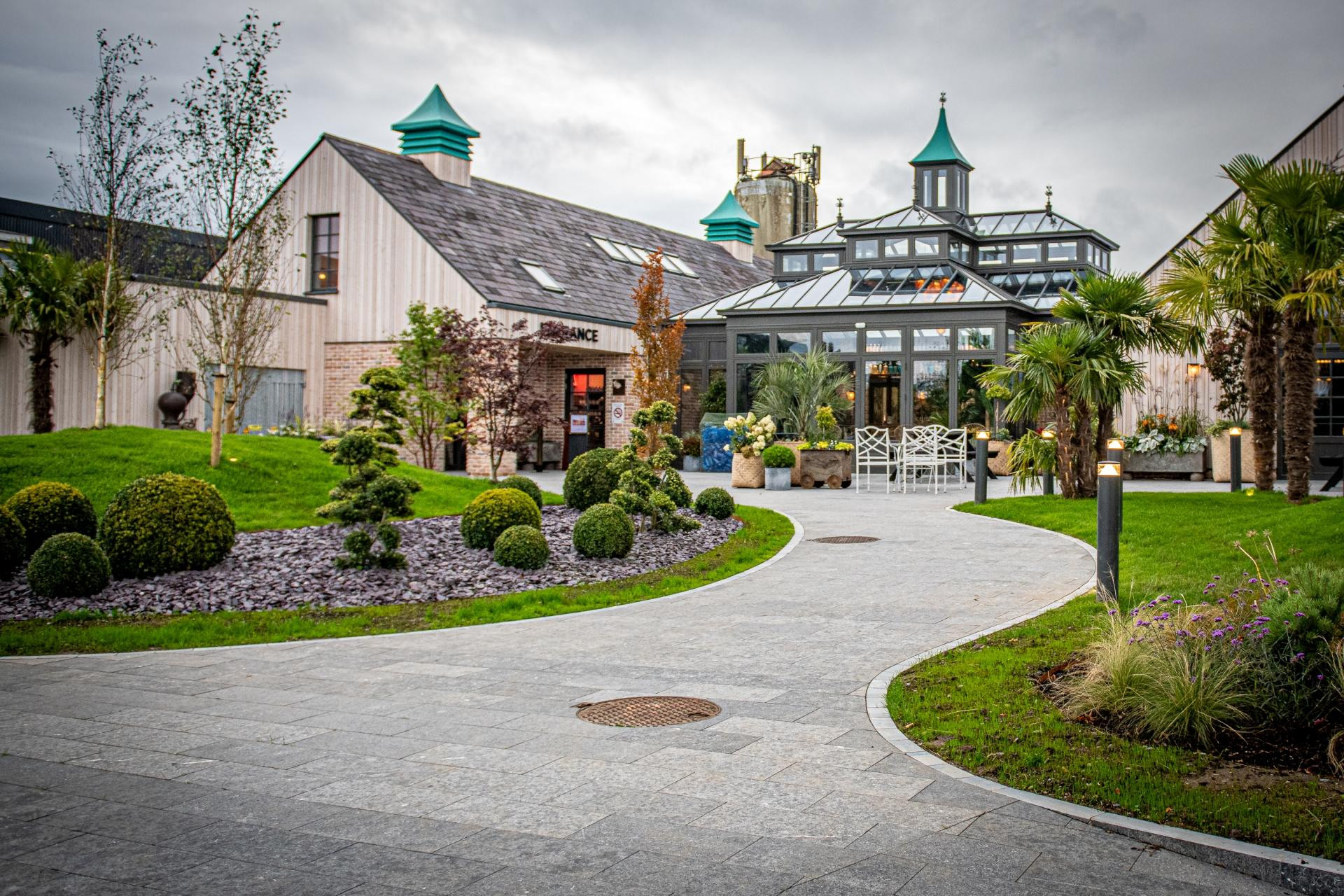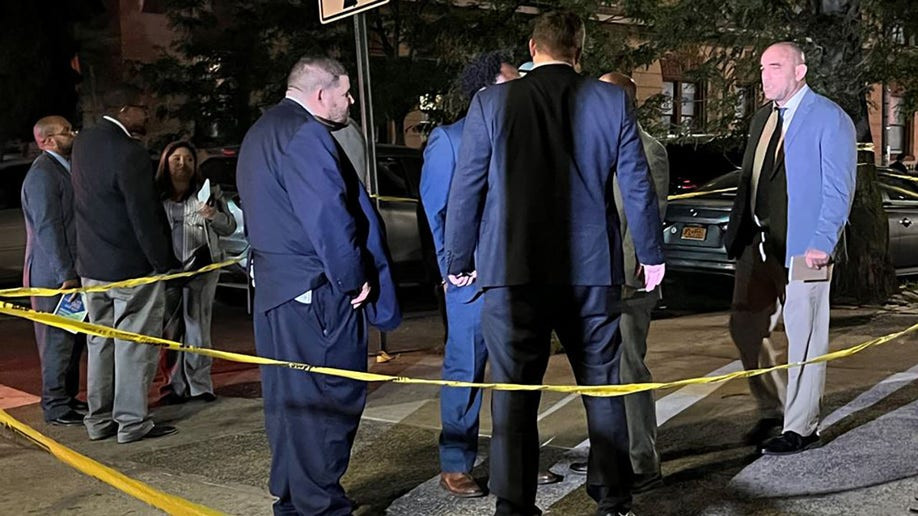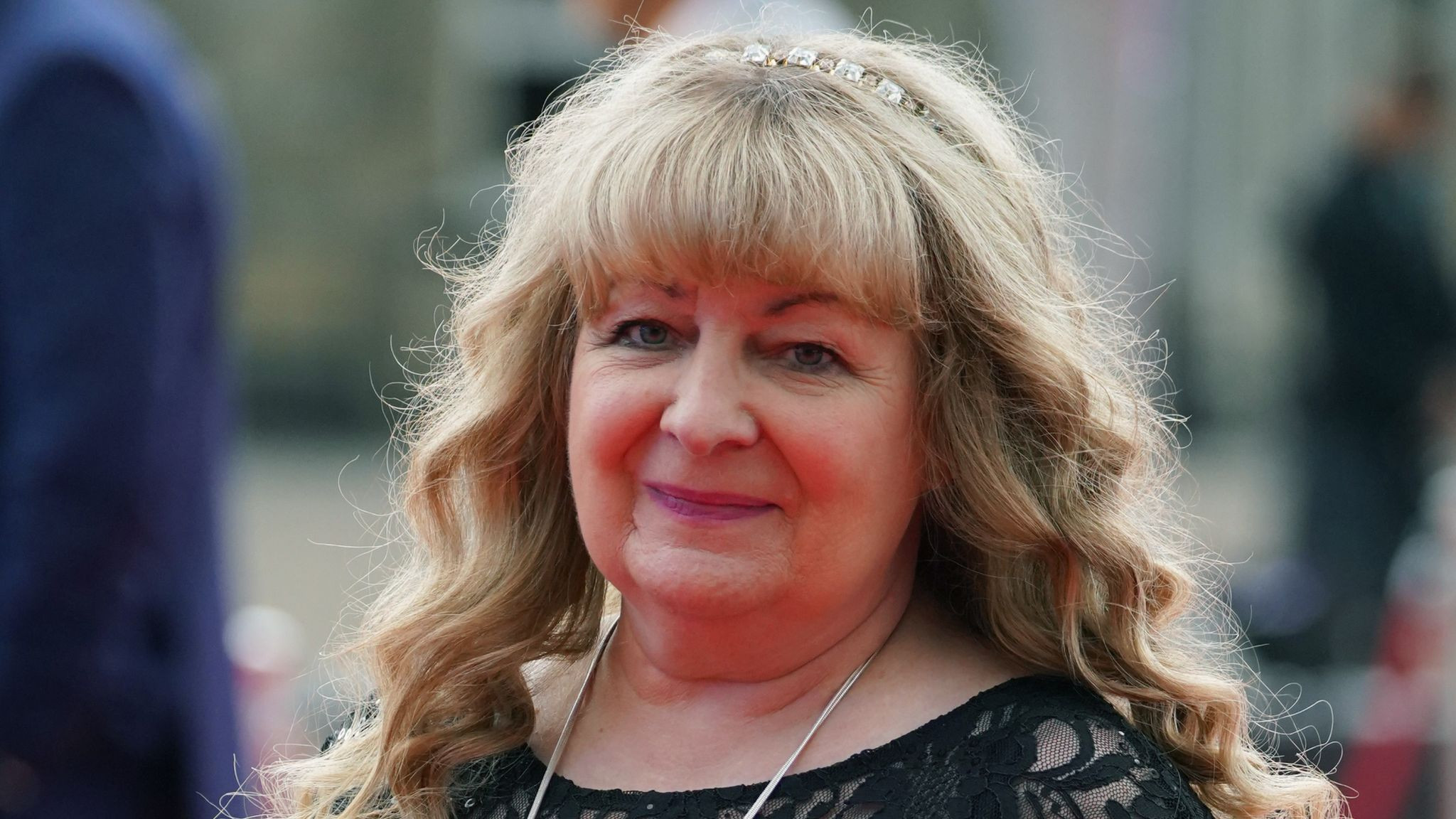The question of whether life exists elsewhere in the universe is a big one for humanity. But if the discovery of Xenomorphs ever turns out to be the thing that answers that question, we'll almost certainly wish we'd never asked it.
Of course, in the universe of the Alien movies, that damage has already been done. Beginning in 1979 with Ridley Scott's iconic sci-fi thriller Alien, the franchise has been instilling a deep-seated fear in viewers of predatory endoparasitoid extraterrestrials that go bump in space. Now, a seventh entry in the film series, Alien: Romulus, has arrived in theaters and opened a new chapter in the long-running horror saga.
Directed by Fede Álvarez (Evil Dead, Don't Breathe) and produced by Scott, Romulus follows 25-year-old Rain Carradine (Cailee Spaeny) and her adoptive android brother Andy (David Jonsson) as they join forces with a group of fellow young space colonists desperate for a means to escape the dystopian Jackson's Star mining settlement and, by extension, the clutches of evil mega-corporation Weyland-Yutani. To do this, they decide to infiltrate what they believe to be a decommissioned space station that has drifted into their ringed planetoid's orbit in the hopes it contains the technology they need to journey to a better world. However, what they find onboard is more horrifying—and deadly—than they ever could have imagined.
While the main plot of Romulus is largely a standalone story, the movie also serves as an homage to its predecessors—and directly connects to both the original Alien and its Scott-directed prequels, 2012's Prometheus and 2017's Alien: Covenant.
"We went to crazy extents to make sure that things were in canon and we were not contradicting or messing [with], I would say, any of [the movies]," Álvarez told IGN. "It's just something very special when you love certain movies and then a movie comes in and makes nods to them and you feel you're the only person in the theater who must be getting this reference. That's what it feels like. It's really tailor-made for you."
Set roughly 20 years after Alien, which takes place in the year 2122, and about 37 years before James Cameron's 1986 Aliens, set in 2179, Romulus reveals that the legendary Big Chap Xenomorph from Alien actually survived being blown out of the airlock of the Nostromo ship's shuttle Narcissus by Ellen Ripley (Sigourney Weaver). It was later recovered from space—while it was still believed to be dead—and brought to Weyland-Yutani's Romulus research station for experimentation.
After Rain, Andy, and their friends board the drifting Romulus, they end up reconnecting an incapacitated Hyperdyne Systems 120-A2 synthetic named Rook—a doppelgänger of the late Ian Holm's android Ash from Alien—to try to find out what's going on. Holm's likeness was digitally resurrected for the movie, a controversial practice that Disney has previously employed to bring back Carrie Fisher's Leia Organa and Peter Cushing's Grand Moff Tarkin in the Star Wars franchise.
Rook explains to the group that the scientists onboard the Romulus had extracted the mysterious black goo material from Big Chap that Prometheus and Covenant introduced into the series' lore. The exact nature of this substance has never been fully explained, but it basically functions as an incredibly aggressive mutagen that holds the power to create and destroy life forms. In Covenant, we learned the android David (Michael Fassbender) was using the black goo to reverse engineer the DNA of the Xenomorphs.
According to Rook, the Romulus scientists were attempting to turn the black goo into a miracle cure of sorts that could "upgrade" humans and, naturally, create better workers for Weyland-Yutani. However, things went horribly wrong when Big Chap turned out to still be alive, massacred the crew, laid Facehugger eggs in the ship, and created a hive of Xenomorphs.
The so-called cure also doesn't work as it was supposedly intended to, as is evidenced by the grotesque Xenomorph-human hybrid that emerges from Rain's pregnant friend Kay (Isabela Merced) after she injects herself with the black goo specimen to try to heal her Xenomorph injuries.
Whether or not we get a sequel to Romulus that finally explains why the black goo does what it does, in any case, it's pretty clear at this point that humans shouldn't be messing with it!
The 2024 movie follows a crew of scavengers who break into a derelict space station to steal supplies to help them flee their bleak mining colony for a peaceful planet.
When they break in, they discover that the company that owns the station, Weyland-Yutani, has experimented with the monstrous Xenomorphs, and they're forced to fight for survival.
Along the way, scavenger Rain (Cailee Spaeny) and her adopted android brother, Andy (David Jonsson), discover a half-melted robot called Rook (Holm). The robot is a nod to Holm's character in the original "Alien" movie, Ash, who is programmed to do what's best for the company rather than the crew. His 2024 counterpart, Rook, has the same purpose.
Holms could have appeared in a single scene, but he features in several scenes as a secondary antagonist. Some fans criticized how Holm's appearance was executed, while others pointed out that he could not give his permission for his likeness to be used, arguing it could set a dangerous precedent.
"CGI AI deepfake Ian Holm is one of the worst fuckin things I’ve ever seen in my life dawg https://t.co/yBf7UqVRdc"
"Guys the problem isn't AI.The problem is that Ian Holm passed away and couldn't agree for his face to be used in the movie.Whether it's generative AI or CGI or an animatronic, that's clearly still Ian's face and supposedly his presence in the film.It's unacceptable."
However, his family gave their permission for Holm, who is also known for playing Bilbo Baggins in the "Lord of the Rings" franchise to appear in "Alien: Romulus."
Referring to Holm's widow, Sophie de Stempel, director Fede Álvarez told The Los Angeles Times in an interview published on Monday: "In the last 10 years after 'The Hobbit,' Ian Holm felt like Hollywood had turned its back on him and his widow felt he would have loved to be a part of this. He loved this character in particular."
Álvarez said: "We did it all with a lot of respect and always with the authorization of his family, his children and his widow, who said, 'We would love to see his likeness again.'"
The director confirmed that "80 to 90%" of the shots were achieved using an animatronic supplemented with CGI, and generative AI to make another actor's voice sound like Holm.
Álvarez continued: "We're not bringing someone back to life and saying, 'Ian would have done it that way.' He would have obviously done it differently. We had an actor who was on the set, who worked on the dialogue, who worked with the actors. It's not like we skipped hiring an actor."
AI has become a hot topic in Hollywood in the last few years over concerns that it will put creatives out of work, which was a major concern of the SAG-AFTRA union strikes in 2023.
Some, like Scarlett Johansson, have taken a strong stance against the way AI can be used to co-opt a person's voice or likeness. The "Avengers" star lawyered up in May 2024 when OpenAI revealed a voice that sounded similar to her after she declined to voice one of the company's programs.
But Álvarez doesn't think AI will be used to replace actors in the future largely because it's more expensive than hiring an actor.
"Doing it this way requires a team of so many people and so many parts to get it done that it's never going to be really convenient."
For sci-fans of a certain age, it was the surprise of the summer.
That would be the reappearance of Ian Holm as a “synthetic” android in Alien: Romulus, a secret held back from the film’s marketing and even its San Diego Comic-Con panel. As Holm died in 2020 at 88, it was also a major undertaking that required permission from the late actor’s estate and a combination of animatronics, CGI and artificial intelligence to complete the illusion.
The result is the most ambitious effort yet at re-animating a deceased actor for a movie. The last significant attempt — and by most accounts the first — was in 2016’s Rogue One: A Star Wars Story, which featured the CGI-re-created face of Peter Cushing, who died in 1994, reprising his character Grand Moff Tarkin from the original 1977 Star Wars.
Response to that cameo was negative, with many feeling the technology had failed to fool the audience into thinking they were watching a flesh-and-blood human.
A year prior, similar technology was deployed to complete Paul Walker’s work in Furious 7, the actor having been killed in a car accident before filming was completed. Sentimentality over the loss of Walker helped audiences accept the computer-generated trickery.
But the jury is still out on Alien: Romulus‘ own attempt at raising the dead. Some have criticized the ethics involved, calling the move cynical and crass. Slate compared Disney-owned 20th Century Studios to the series’ evil Weyland-Yutani corporation, calling it “a massive conglomerate that puts profit ahead of respect for human lives.”
SlashFilm found the efforts to be an aesthetic failure: “It’s distracting and weird. It never, ever looks real. … The simple truth here is that not only does this look bad, it’s a bad idea all around.”
What is not in dispute, however, is the scope and ambition of the attempt. The role is a sizable one, featured in multiple scenes and delivering significant stretches of dialogue that greatly impact the plot until its shocking fourth act.
In terms of a cinematic advancement, it is a mind-bender: He was one of the most legendary AI characters ever depicted in film, created when AI didn’t exist. Now the human who played him no longer exists, but the AI needed to re-create him does.
This symbiotic idea was hatched by Romulus writer-director Fede Álvarez. In studying the franchise mythology, Álvarez noted that there was a limited supply of synthetic models. (Michael Fassbender played dual, identical models in 2017’s Alien: Covenant, for example.)
Discussions with producer Ridley Scott (who directed 1979’s original Alien, Covenant and 2012’s Prometheus) led to the realization that the series’ first synthetic (though they prefer to be called “artificial persons” or APs), Holm’s Ash, was its most intriguing and worthy of resurrection.
"Ridley was the one who said, ‘Ash was always the best. He needs to make a comeback,'" Álvarez recently told The Hollywood Reporter.
The result is Rook — a look-alike to Ash, who was destroyed in the original film, and a predecessor to the similarly chess-piece-named Bishop, played by Lance Henriksen in 1986’s Aliens. (Romulus is set between the action of Alien and Aliens.)
Unlike Ash, positioned as a villain in the original film, or Bishop, who comes off as an ally, Rook was conceived as a morally ambiguous figure — one whose programmed intentions, good as they may be, might or may not have the best results for humanity. In that way, he stands as a perfect metaphor for the debates currently surrounding the implementation of AI.
"He’s rarely lying to anybody or scheming or trying to con someone into doing something they don’t want to do," Álvarez explained. "He’s actually pretty straightforward, but that’s the line that was fun to play: ‘Is he going to be more like Ash, or is going to be more like Bishop?'"
As envisioned by Álvarez, Rook works in service of Weyland-Yutani — but instead of using his programming to find ways to weaponize the deadly Xenomorphs, he sees in their DNA a path to perfecting the human race, through a fluid he dubs “the Prometheus fire.” The results are somewhat catastrophic.
Before anything, Holm’s estate would need to sign off on his likeness being re-created for the film. "We went for it with the permission of the family: his widow and all of his kids. We wanted to make sure everybody was on board with the idea of bringing his likeness back," the director said.
Speaking to Entertainment Weekly, Álvarez revealed a bit more to the backstory. Holm’s wife, the London-based artist Sophie de Stempel, "felt that Ian was given the cold shoulder by Hollywood in the last years of his life, that he would’ve loved to be part of more projects after The Hobbit, but he wasn’t. So she was thrilled about the idea of having him back." A compensation deal was reached and the estate signed off on his likeness being used in the film.
It was The Hobbit, in fact, that allowed Rook to happen, as Weta FX, the New Zealand-based company, had a Holm headcast lying around made for Lord of the Rings. (Holm played Bilbo Baggins in several of Peter Jackson’s fantasy epics based on the books of J.R.R. Tolkien.) "That was the only headcast that exists of Ian Holm," Álvarez said.
A fully animatronic version of Holm — bifurcated and leaking milky fluid after a messy encounter with a Xenomorph — was built by Legacy Effects, the same practical effects company that created The Mandalorian‘s Grogu. That was augmented in post with CG enhancements to animate the nose, eyes and mouth courtesy of Metaphysic, the company behind those viral Tom Cruise deepfakes. "It’s a whole bag of tricks, from 1970s and 1980s technology to technology from yesterday," said Álvarez.
To re-create Holm’s voice and intonations, actor Daniel Betts performed the dialogue, and the recording was fed through a software called Speecher, which modified Betts’ voice based on Ash dialogue pulled from the original Alien.
De Stempel got her first look at her resurrected husband in June, when Álvarez sent her with some of the Holmes footage. He then got on the phone with her to gauge her reaction. "It was a very, very emotional call," he told EW. "They lost him not too long ago, and I lost my dad, too, around the same time. So I could relate to their pain and also their excitement to see him back in the movie."
Holm’s family saw the final product at the film’s London premiere on Aug. 14 and tells The Hollywood Reporter in a statement, "We loved being there and are pleased that [Fox is] bringing both Alien and lan to another generation."




